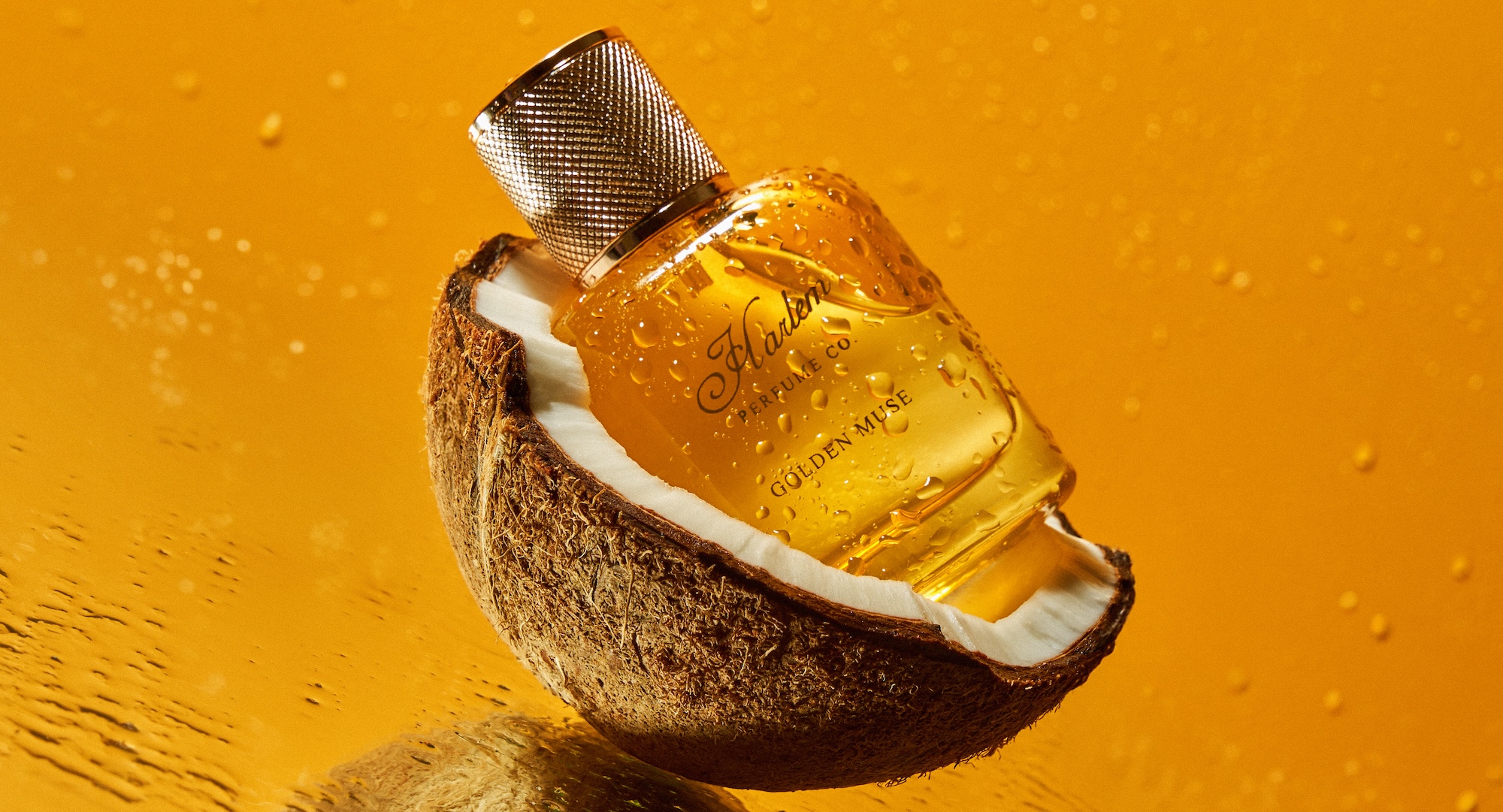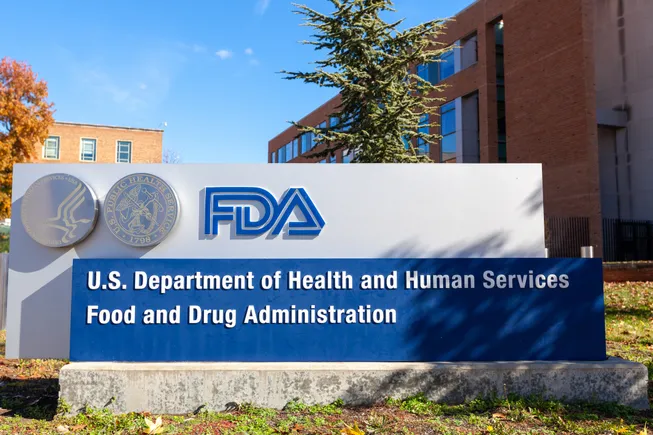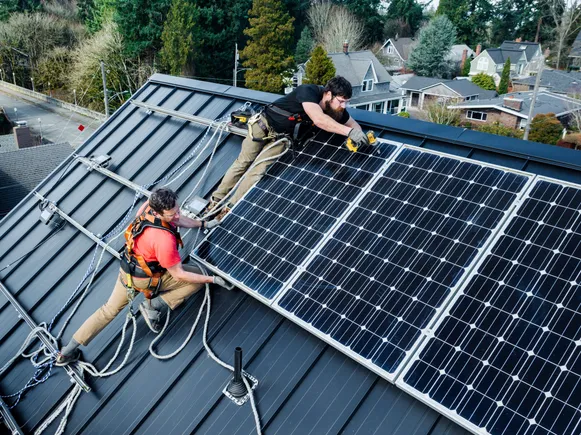According to the 2025 Silicon Valley Bank (SVP) direct to consumer shipping report, small wineries are helping the US wine industry to bounce back. Roger Morris reports.

The American wine industry is beginning to show signs of a turnaround in the current downward sales cycle, and that turnaround is being led by growth in direct-to-consumer sales, with smaller wineries seizing the opportunity more than are larger ones, according to the just-released 2025 Silicon Valley Bank report on DTC sales.
In the forward to his report, SVB’s top wine analyst Rob McMillan, said: “There is tangible evidence that we’re moving forward through this cycle and taking active steps to improve business conditions. In addition, this report calls out the success smaller wineries are having negotiating change.”
Moreover, McMillan says, “Roughly the same number of wineries are growing as are shrinking now, while an increasing percentage are showing flat sales growth, which for most is an approval.”
Wholesale channel has shrunk
Key among the report’s findings is that the average winery sells 70% of its production directly to consumers while the wholesale channel has shrunk to about 28% of sales, reflecting a period when smaller wineries in the United States are proving to be more nimble and more resourceful in meeting the challenge than are larger ones.
On-trade sales represent about 11.5% of total wine sales, while off-trade stands at 16%.
According the SVB report, the major trend over the past several years has been the emergence of wine clubs as the primary DTC sales engine, as tasting room visits have declined and e-commerce business has continued to decline post-Covid.
Wineries in the smallest category – less than 2,500 cases produced annually – reported a 6% growth in wine club acquisition, those with production of 2,500 – 5,0000 cases annually reported a 4% acquisition rate, and those producing between 5,000 and 10,000 cases grew by 1 %. The next category, wineries producing 10,000 to 25,000 cases, experienced the biggest loss in the survey, falling in acquisition by -6%.
The report says that no one strategy used by smaller wineries for their success stands out, but that, “Our best guess is that smaller wineries have a more intimate service model that emerging consumers may consider more authentic and appealing to their values.”
Sonoma and Virginia stand out
The report notes that two wine regions, Sonoma County of California and the state of Virginia, reported the highest growth rate in DTC sales. It should be noted that Virginia wineries, in particular, promote wine club “pickup parties” held once or twice annually at estates; festive events that promote a renewal of personal contact with consumers and even among consumers.
Additionally, smaller wineries tend to have a more-local customer base, reducing the burden of costly shipping, whether paid for directly or indirectly by the consumer. Many wineries of all sizes are restricting some individual wines to wine-club members only, especially smaller and even experimental lots, thus increasing the aura of exclusivity for members.
And while larger wineries may be falling behind in the race for wine club members, large-volume producers, especially those who own multiple smaller wineries, report higher nominal revenue with the customers they maintain. Discounting wines to drive volume sales continues, primarily, the report says, by use of flash sales and discounted shipping charges.
Furthermore, the report notes several interesting tactics geared to attracting people aged 30 to 46, including events beyond tastings that draw specific groups to the wineries (dog-lovers, yoga advocates), collaborating with alumni and other special-purpose groups and informal music concerts geared to that age group.
The report was presented in an online event which featured a discussion involving McMillan, Paul Mabray, CEO of Pour Now, Andrea Myers, director of DTC sales and marketing for Round Pond Estates, and Justin Noland, VP of digital experiences for Treasury Americas. The Silicon Valley Bank is a division of First Citizens Bank.
Value climbing
Last year, a separate study by Sovos ShipCompliant and WineBusiness Analytics suggested that winemakers
may have reached peak premiumisation. According to the 2024 edition of the Direct to Consumer Wine Shipping Report, which analyses data from more than 1,300 US wineries, growth in the volume of wines shipped with a price tag of US$80 or more "sputtered" last year at just 2% compared with 5% growth the year before.
The numbers crunched suggest that wine may be following a similar ‘de-premiumisation’ trend to that seen over the last couple of years with premium spirits.
However, the latest SVB direct to consumer report indicates that "the average change in DTC wine dollar sales in 2024 was up 3.2% versus a rise of 1.2% in 2023".

 The American wine industry is beginning to show signs of a turnaround in the current downward sales cycle, and that turnaround is being led by growth in direct-to-consumer sales, with smaller wineries seizing the opportunity more than are larger ones, according to the just-released 2025 Silicon Valley Bank report on DTC sales.
In the forward to his report, SVB’s top wine analyst Rob McMillan, said: “There is tangible evidence that we’re moving forward through this cycle and taking active steps to improve business conditions. In addition, this report calls out the success smaller wineries are having negotiating change.”
Moreover, McMillan says, “Roughly the same number of wineries are growing as are shrinking now, while an increasing percentage are showing flat sales growth, which for most is an approval.”
Wholesale channel has shrunk
Key among the report’s findings is that the average winery sells 70% of its production directly to consumers while the wholesale channel has shrunk to about 28% of sales, reflecting a period when smaller wineries in the United States are proving to be more nimble and more resourceful in meeting the challenge than are larger ones.
On-trade sales represent about 11.5% of total wine sales, while off-trade stands at 16%.
According the SVB report, the major trend over the past several years has been the emergence of wine clubs as the primary DTC sales engine, as tasting room visits have declined and e-commerce business has continued to decline post-Covid.
Wineries in the smallest category – less than 2,500 cases produced annually – reported a 6% growth in wine club acquisition, those with production of 2,500 – 5,0000 cases annually reported a 4% acquisition rate, and those producing between 5,000 and 10,000 cases grew by 1 %. The next category, wineries producing 10,000 to 25,000 cases, experienced the biggest loss in the survey, falling in acquisition by -6%.
The report says that no one strategy used by smaller wineries for their success stands out, but that, “Our best guess is that smaller wineries have a more intimate service model that emerging consumers may consider more authentic and appealing to their values.”
The American wine industry is beginning to show signs of a turnaround in the current downward sales cycle, and that turnaround is being led by growth in direct-to-consumer sales, with smaller wineries seizing the opportunity more than are larger ones, according to the just-released 2025 Silicon Valley Bank report on DTC sales.
In the forward to his report, SVB’s top wine analyst Rob McMillan, said: “There is tangible evidence that we’re moving forward through this cycle and taking active steps to improve business conditions. In addition, this report calls out the success smaller wineries are having negotiating change.”
Moreover, McMillan says, “Roughly the same number of wineries are growing as are shrinking now, while an increasing percentage are showing flat sales growth, which for most is an approval.”
Wholesale channel has shrunk
Key among the report’s findings is that the average winery sells 70% of its production directly to consumers while the wholesale channel has shrunk to about 28% of sales, reflecting a period when smaller wineries in the United States are proving to be more nimble and more resourceful in meeting the challenge than are larger ones.
On-trade sales represent about 11.5% of total wine sales, while off-trade stands at 16%.
According the SVB report, the major trend over the past several years has been the emergence of wine clubs as the primary DTC sales engine, as tasting room visits have declined and e-commerce business has continued to decline post-Covid.
Wineries in the smallest category – less than 2,500 cases produced annually – reported a 6% growth in wine club acquisition, those with production of 2,500 – 5,0000 cases annually reported a 4% acquisition rate, and those producing between 5,000 and 10,000 cases grew by 1 %. The next category, wineries producing 10,000 to 25,000 cases, experienced the biggest loss in the survey, falling in acquisition by -6%.
The report says that no one strategy used by smaller wineries for their success stands out, but that, “Our best guess is that smaller wineries have a more intimate service model that emerging consumers may consider more authentic and appealing to their values.”














































































































































